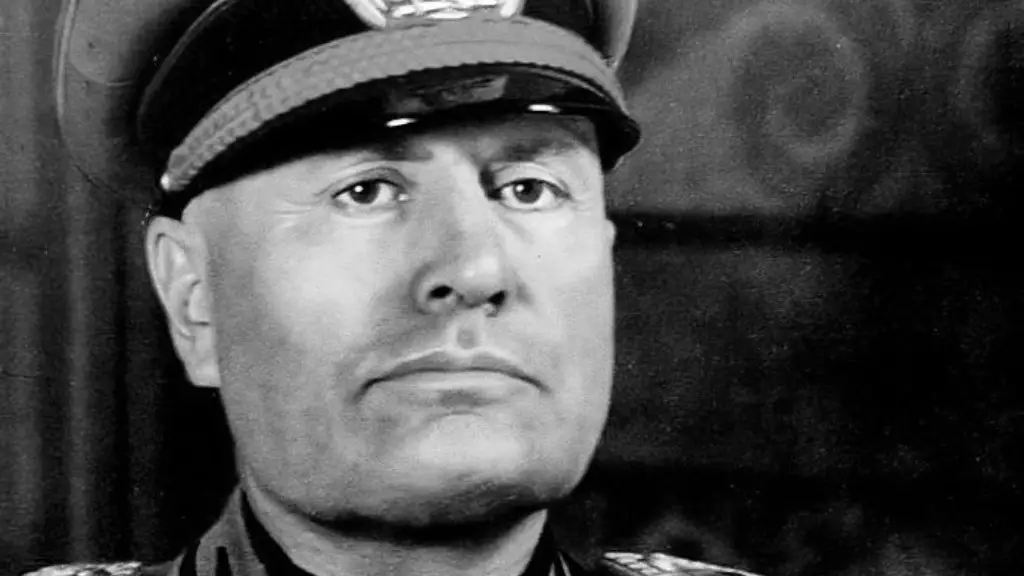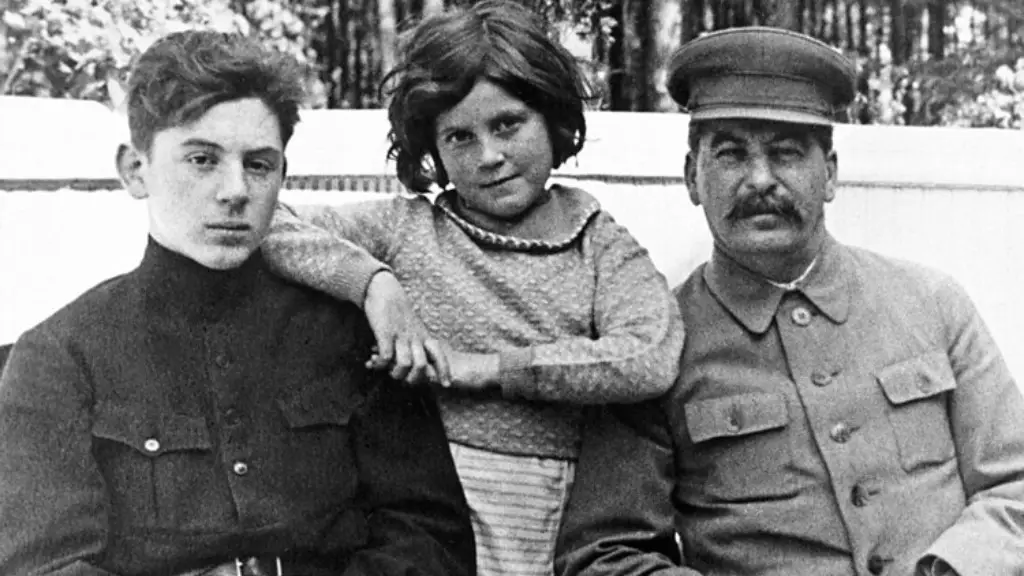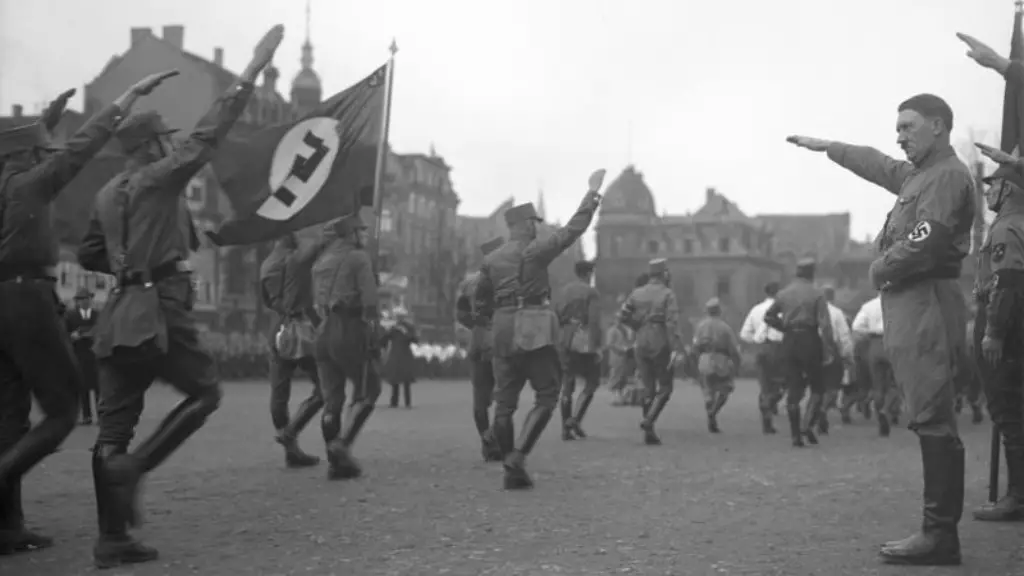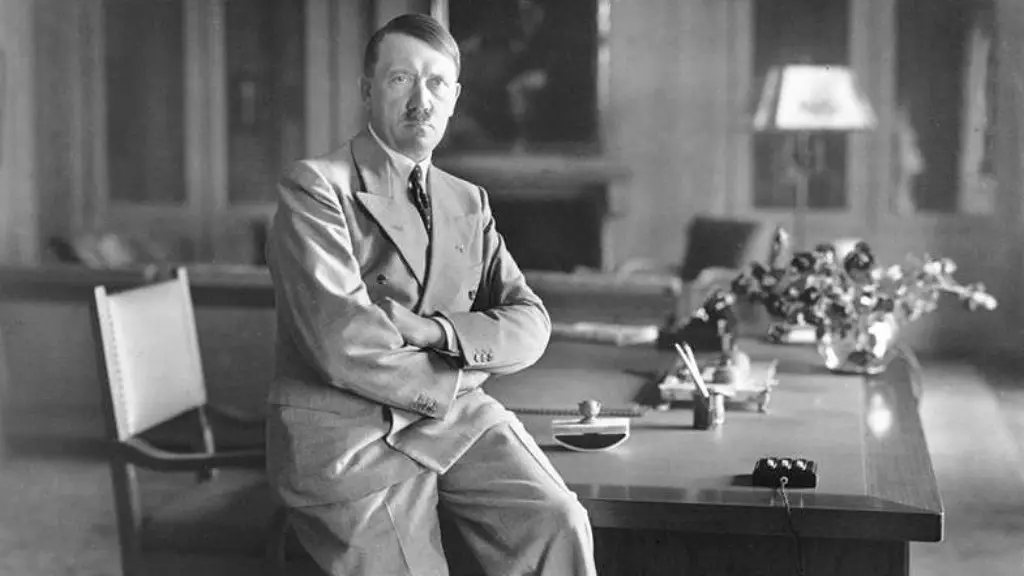Joseph Stalin is one of the most controversial figures in Russian history. He is credited with leading the Soviet Union through World War II and into a period of rapid industrialization. However, he is also notorious for his brutal dictatorship and his role in the death of millions of people.
Josef Stalin played a significant role in Russian history as the country’s leader from the 1920s until his death in 1953. During his time in power, Stalin oversaw a period of rapid industrialization and collectivization that transformed the USSR into a major world power. Although Stalin’s rule was marked by a high degree of repression and terror, his leadership also helped to ensure the Soviet Union’s victory in World War II.
What did Joseph Stalin do in Russian history?
Joseph Stalin was one of the most powerful and tyrannical leaders in history. He held complete control over the Soviet Union for more than two decades, during which time he oversaw a period of brutal repression and terror. Stalin was a master of propaganda and manipulation, and he used these skills to keep the Soviet people in a state of fear and obedience. Even after his death, Stalin’s legacy continues to haunt Russia and the world.
Joseph Stalin was one of the most influential and powerful leaders in the Soviet Union. He was the General Secretary of the Communist Party of the Soviet Union’s Central Committee from 1922 until his death in 1953. In the years following Lenin’s death in 1924, Stalin rose to become the leader of the Soviet Union. Stalin was a controversial figure, and his rule was marked by totalitarianism and a brutal repression of dissent. However, he also oversaw a period of rapid industrialization and economic growth in the Soviet Union.
What role did Joseph Stalin play in the Cold War
Joseph Stalin was the leader of the Soviet Union during the early years of the Cold War. He played a significant role in Cold War events, such as the Berlin Blockade and the Korean War. This was significant because it saw Joseph Stalin face off against the United States.
After Lenin’s death, Stalin began traveling across the USSR to deliver lectures on Leninist philosophy and began framing himself as the successor to Lenin. Stalin used his position to expel critics within the Communist Party and tightened his grip on the party.
How did Stalin change Russia?
The Great Turn was a series of radical economic policies implemented by Stalin in the 1930s. These policies completely overhauled the industrial and agricultural face of the Soviet Union, turning away from the mixed-economic type New Economic Policy (NEP) and adopting a planned economy. The Great Turn was a massive undertaking that resulted in huge changes for the Soviet Union, both good and bad. Overall, the Great Turn was a success in that it helped to modernize the Soviet Union and make it a major industrial and agricultural power. However, the policies also resulted in a great deal of human suffering, as millions were displaced or killed in the process.
It is interesting to see that Stalin’s popularity has tripled among Russians in the last twenty years. This could be due to a number of factors, including the fact that Vladimir Putin came to power. It will be interesting to see if this trend continues in the future.
Who was Joseph Stalin What role did he play in World War II?
Stalin was a war leader who maintained close personal control over the Soviet battlefronts, military reserves, and war economy. He was over-inclined to intervene with inept telephoned instructions, as Hitler did. However, the Soviet generalissimo gradually learned to delegate military decisions.
This is a chilling story of the crimes committed by Joseph Stalin against his own citizens. Over a million people were executed, while millions more were subjected to forced labor, deportation, famine, bloody massacres, and detention and interrogation. This is a story that must be told so that we can learn from the past and prevent such atrocities from happening again.
Who played the biggest role in ww2
The United States was the dominant Allied power in Europe during the Second World War, but all three major Allied countries were necessary to victory. The most important contribution made by Britain was to survive Hitler’s onslaught in 1940. Had the British failed to hold off the Nazis, the war would have taken a far different turn.
In the Soviet Union, industrialization was a means to an end – the ultimate goal being to catch up with and surpass the economies of the capitalist West. To do this, the Soviet Union needed to heavily invest in industry, which in turn necessitated high rates of savings and investment. One way to achieve this was through collectivization – the pooling of resources and labor in order to increase efficiency and output.
The collectivization of agriculture was implemented in two phases. The first phase, which began in 1929, saw the confiscation of land and livestock from wealthy peasants (kulaks). These kulaks were then either deported or forced to join collective farms. The second phase began in 1930 and involved the mass mobilization of peasants into collectives. This process was often violent, as peasants resisted giving up their traditional way of life.
The collectivization of agriculture had a profound impact on the Soviet economy. It dramatically increased the amount of land under socialist control, as well as the amount of food available for urban workers and the Red Army. It also helped to finance industrialization, as collective farms were required to sell a portion of their output to the state at below-market prices. However, collectivization also had a number
What were the two changes introduced by Stalin in the Russian economy?
Joseph Stalin was the leader of the Soviet Union from the mid-1920s until his death in 1953. He was born in 1878 in Georgiasto a poor family. Stalin rose to power in the Soviet Union after the death of Vladimir Lenin in 1924. He scrapped Lenin’s 1921 New Economic Policy and introduced ‘Five Year Plans’ to transform the agrarian soviet economy into an industrialized economy. Stalin introduced collective farms, Gulags (system of forced labour), and developed secret police. Stalin was a dictator who ruled with an iron fist. He was responsible for the death of millions of people during his rule.
During the Stalin era, the history of Russia was rewritten to conform to the political demands of the increasingly controlling regime. Limitations were imposed upon all sectors of culture, corresponding to the demands placed upon ideologists for a single, unified genealogy of the Bolsheviks’ pre revolutionary precursors.
Did Stalin improve Russia
Stalin’s policies were excessively brutal, but they allowed Russia to develop a strong modern economy. This economy sustained a successful war effort in 1941-1945, which propelled the Soviet Union into a dominant power after WWII.
The Second World War was a huge conflict that pitted two alliances against each other, the Axis powers and the Allied powers. The Soviet Union had the largest army, with 34 million men and women serving. Germany had 18 million, the US 16 million, Japan 9 million, and Great Britain 6 million.
What country lost the most soldiers in ww2?
The Soviet Union was one of the most affected nations in terms of fatalities during World War II. Estimates of the death toll range from 22 to 27 million, making it one of the deadliest conflicts in history. The high number of fatalities can be attributed to a number of factors, including the devastation caused by the war, the Soviet Union’s involvement in some of the bloodiest battles, and the country’s lack of preparedness for the conflict.
In September 1939, the Allies were together superior in industrial resources, population, and military manpower, but the German Army, or Wehrmacht, was the most efficient and effective fighting force. This was because of its armament, training, doctrine, discipline, and fighting spirit.
Final Words
Joseph Stalin played a large role in Russian history, as he was the leader of the Soviet Union for many years. Stalin was a very controversial figure, as he was responsible for many atrocities such as the Great Purge, in which he had millions of people killed. However, Stalin was also credited with helping to create a strong Soviet Union, which was a major power in the world during the Cold War.
In conclusion, Joseph Stalin played a significant role in Russian history. He was a dictator who oversaw the Soviet Union during its transformation from an agrarian society to an industrial powerhouse. However, his regime was also marked by terror and repression, and he is considered one of the most brutal dictators in history.




